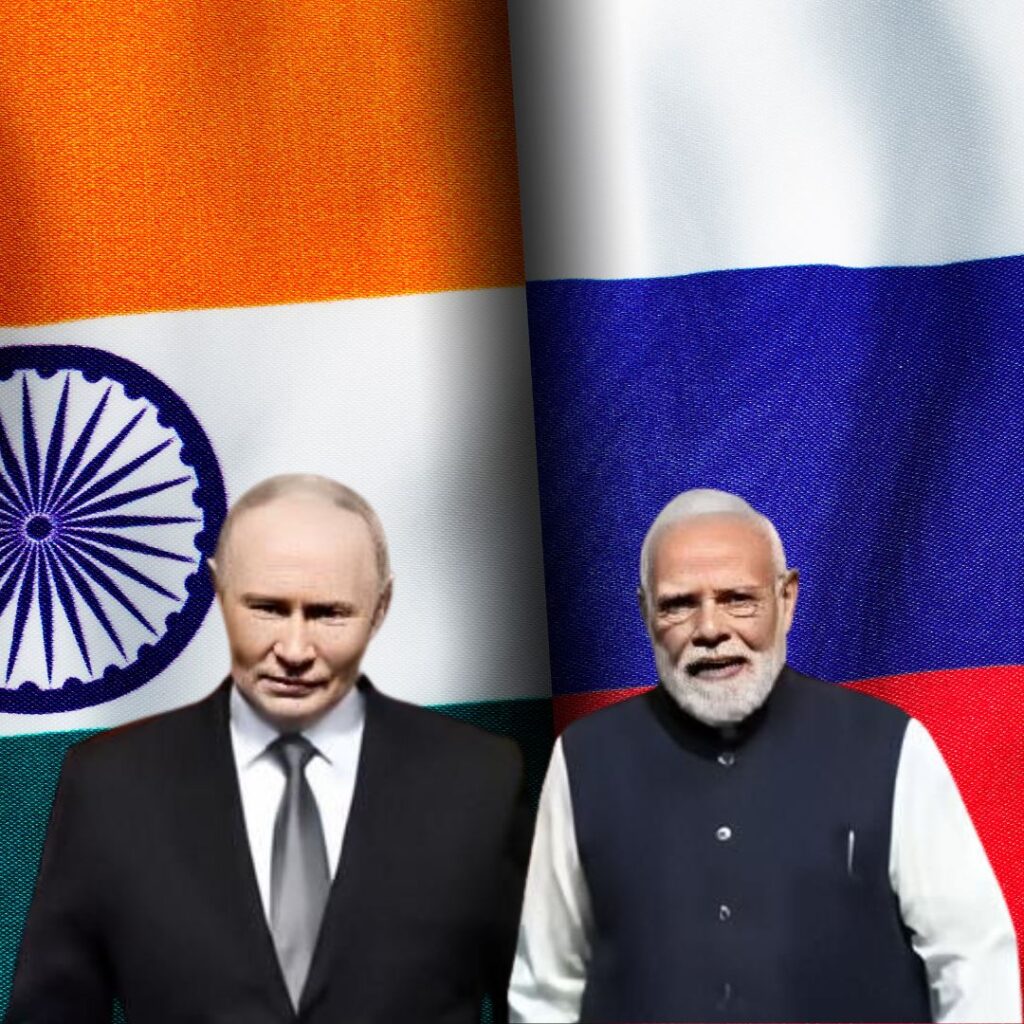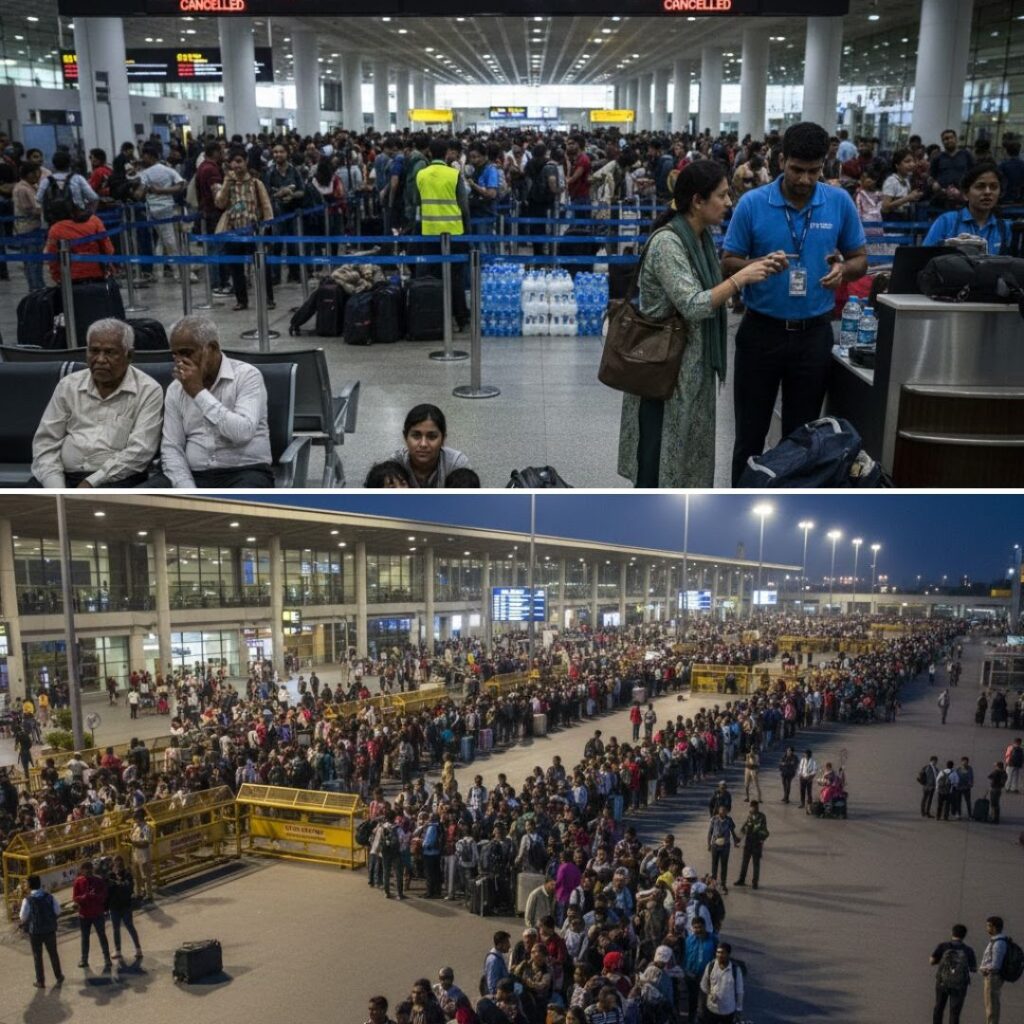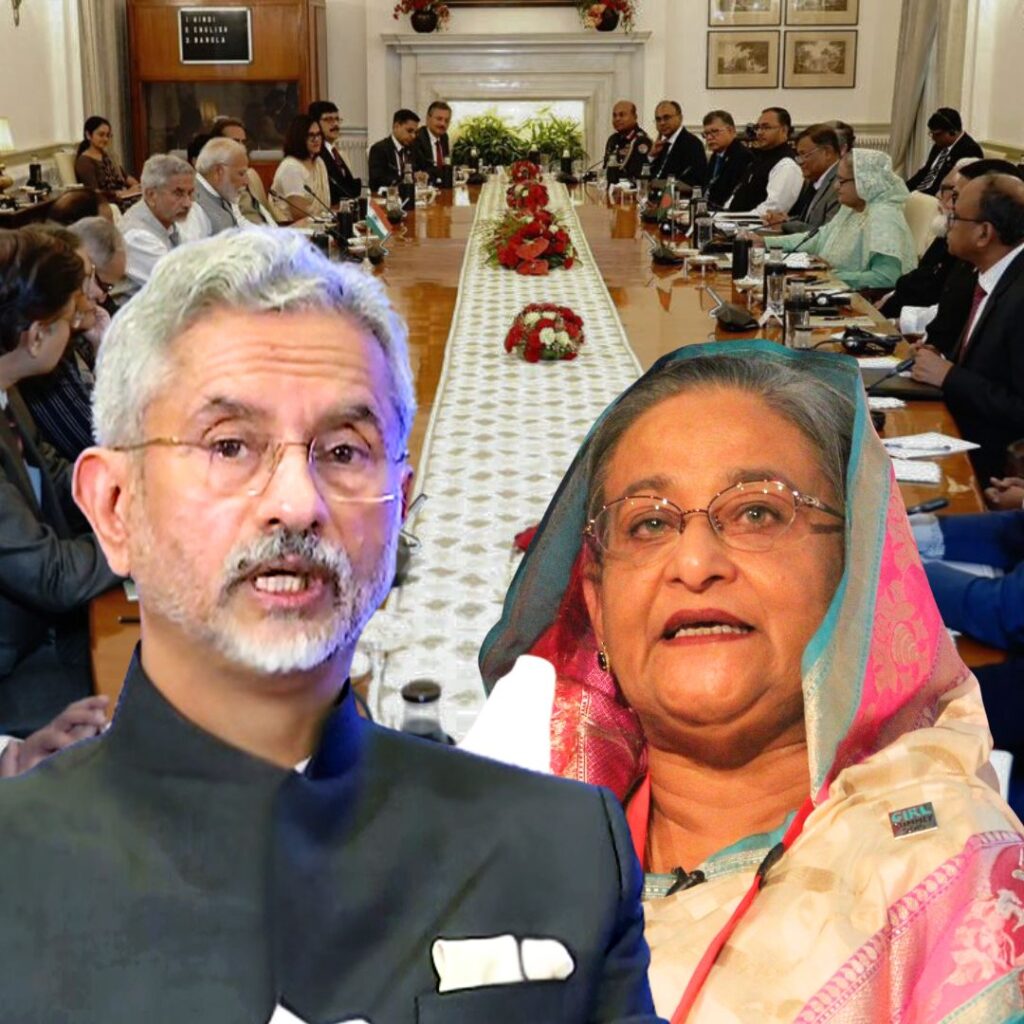Every year there are people who migrate in flocks from villages to big cities in hopes of a better life. From 1951 to 2011, the urban population of India has increased from 17% to 31%. Migration from rural to urban has become so common that hardly anyone would bat an eyelid upon hearing people moving from villages to cities.
But Palak Aggarwal, a woman from Delhi, broke the norm by moving from a city to a village. She migrated from Delhi to Kalahandi, Odisha. Palak dared to dream big by making a contribution to the village by providing it technology solutions based on Solar Energy.
Who is Palak Aggarwal?
Palak was born and brought up in Delhi. She did her graduation from Delhi in Economics and went on to do a Masters in Sustainable Development from TERI University in the same city.
The first time she went to Kalahandi was for one month in 2011 when she went for fieldwork for her thesis on ‘Understanding Socio-Economic Impact of Renewable Energy’.
“Jab main wahan gayi, main wahin reh gayi,” says Palak. (When I went there, a part of my soul was left there)
In 2012, Palak was awarded the Swecha Fellowship on Green Influence. With the money she was granted under the Swecha Fellowship, Palak used it to electrify the vegetable market using Solar LED bulbs. For her outstanding contribution, she got featured by CNN International in 2012 on the programme ‘Road to Rio’.
Palak Aggarwal at Vendors for Change
Whenever Palak went to stay in Kalahandi, she had to take a 3-hour bus from Bhubaneshwar where she used to speak to the co-passengers. She realized that for every small facility that city people take for granted like photocopy, passport size pictures, printouts, the Kalahandi villagers were required to travel 30-40 km one side and waste one full day to get these things done.
This untold suffering of the villagers acted as a springboard for Palak to leave the comfortable city life and finally move to Kalahandi in 2013.
“We want to make a platform to innovate and create products and services which will help small-scale entrepreneurs to incubate these products and services at a very small scale,” says Palak.
She further adds; “Solar Energy is stuck at lighting and mobile charging when we think about the needs of the rural citizens. The urban elites have pre-determined their needs. We hardly think about solutions that generate livelihood for villagers.”
Her goal
Palak believes that technology solutions should have an ecosystem like that of cycles. It serves both the urban needs (lifestyle and fashion) and rural needs (distance). The spare parts and mechanic for a cycle are available in every corner of the country be it village or cities.
The problem that Palak is trying to solve is gargantuan and Brobdingnagian in nature. At one end is a world of bitcoins, hyperloop, ardeno, 3D printers, drones and at the other end is a world where farmers face a post-harvest loss, their produce is wasted, there is no access to cold storage and people need to travel 30 km for basics like rice milling, oilseeds milling. She endeavours to create a bridge between the two worlds with technology, starting with Solar Energy and at the same time generate livelihood.
Palak Aggarwal at YoungConnectors of Future, Swedish Institute
Every initiative that Palak has taken, she makes sure that the need comes directly from the villagers and the common people.
The first initiative that Palak took upon moving to Kalahandi was to start a Jan Samadhan Kendra in the middle of the village with a local youth on Solar Energy. The Kendra was equipped with a small laptop, digital camera and a printer. The aim of starting the Jan Samadhan Kendra was to create a simple model that could be started with anyone who wanted to take such initiatives.
In another instance, she used Solar Energy for playing music at the marriage of a local tribal colleague which was held near Karlapat Wild Life Sanctuary in the Kalahandi District Forest. She wanted to use it to showcase to people that they can use solar technology in the deepest of the interiors if given the opportunity.
The second initiative was Solar Puncture Wallah. It was an amalgamation of solar technology and air compressor for fixing the tyre puncture. The intent of the solar puncture wallah initiative was to save labour by using this machine. The V1 (Version 1) of this product was for fixing punctures of cycles and motorbikes and the V2 (Version 2) was for four wheelers.
The third initiative was Solar Cane. Odisha has a lot of sugarcane vendors. The sugarcane machines run on diesel which creates carbon footprints and an offset. In partnership with Centurion University, she developed the Solar Cane and later on, urged the small-scale entrepreneurs to take and spread it to places where the diesel was being used.
The fourth initiative was Solar Cold Storage built in partnership with Cool Crop. It was the first hybrid decentralised cold s…











